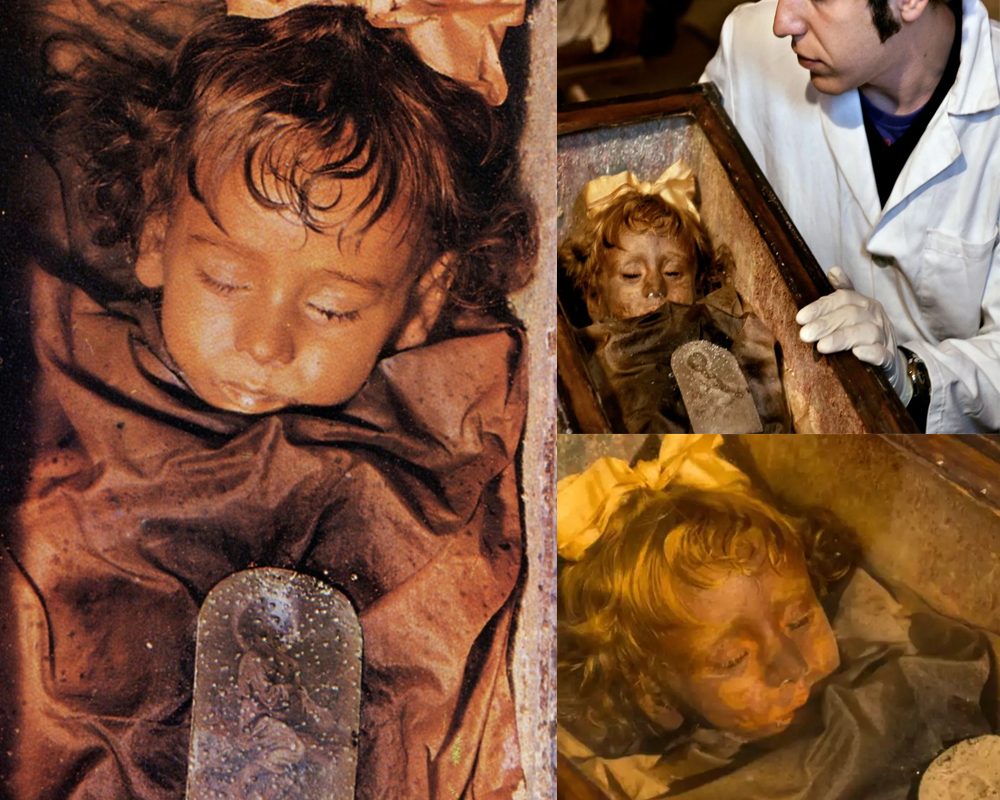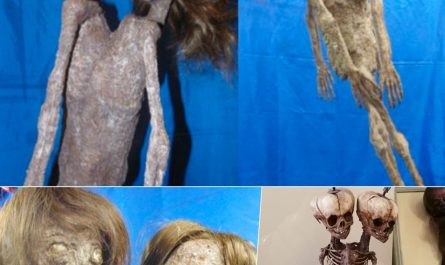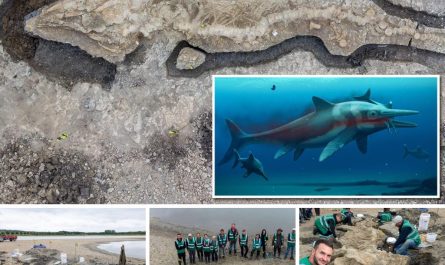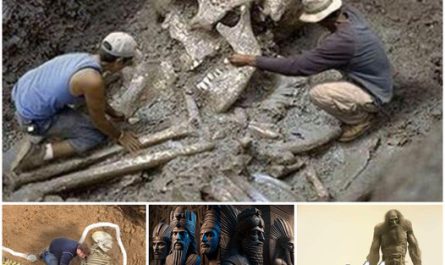Rosalia Lombardo, a two-year-old girl who passed away nearly a century ago, is celebrated as one of the most beautifully preserved human mummies worldwide. Located in the Capuchin Catacombs of Palermo, Italy, her remarkably lifelike appearance captivates visitors and scientists alike. Preserved through an embalming technique known as “petrification,” Rosalia’s mummification process involved a combination of formalin, alcohol, and other chemicals to prevent decay.
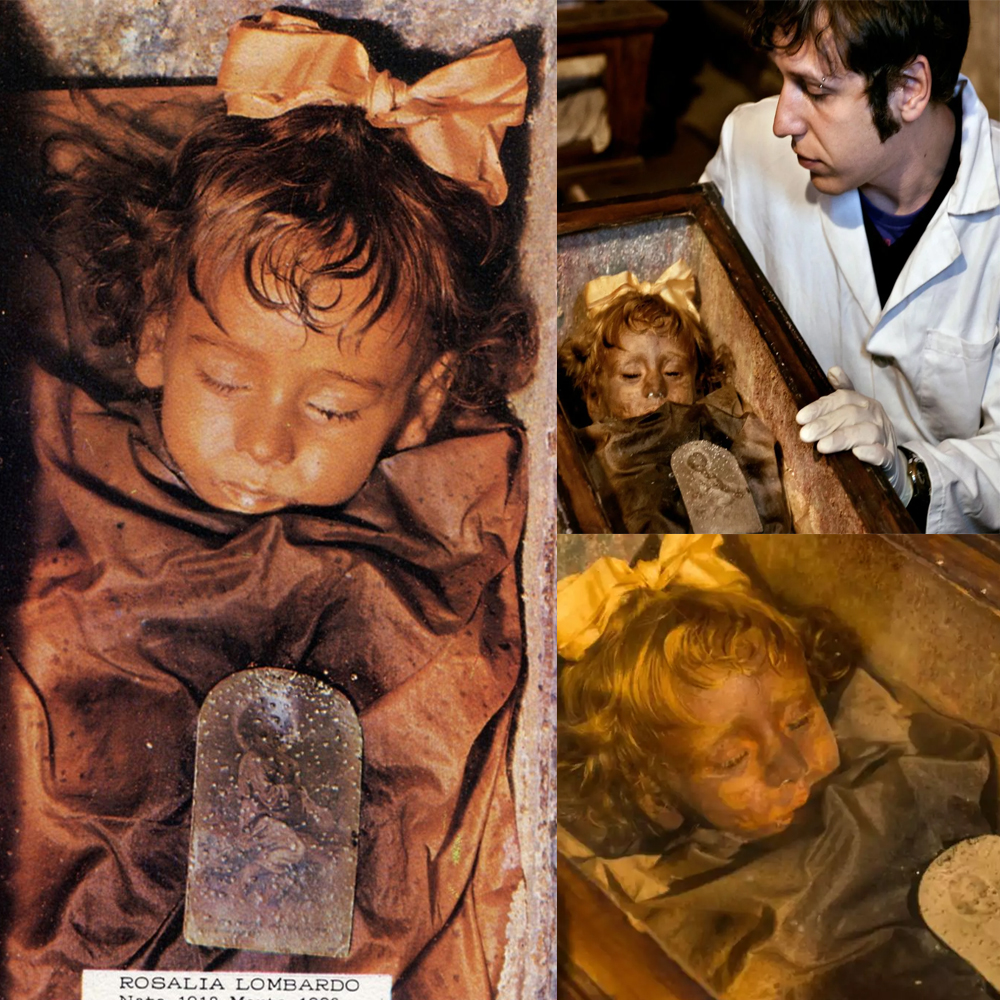
Her pristine condition has sparked fascination and debate among experts in preservation techniques and historical anthropology. The delicate features of Rosalia’s face, with her striking blue eyes and serene expression, evoke a poignant reminder of the fragility of life and the artistry of ancient embalming practices.
Rosalia Lombardo’s mummy continues to be a significant attraction in Palermo, drawing visitors from around the globe to witness her astonishing state of preservation firsthand. Beyond her aesthetic appeal, Rosalia represents a poignant connection to the past, offering insights into early 20th-century funerary customs and medical practices while provoking contemplation on mortality and the enduring mysteries of human preservation.
